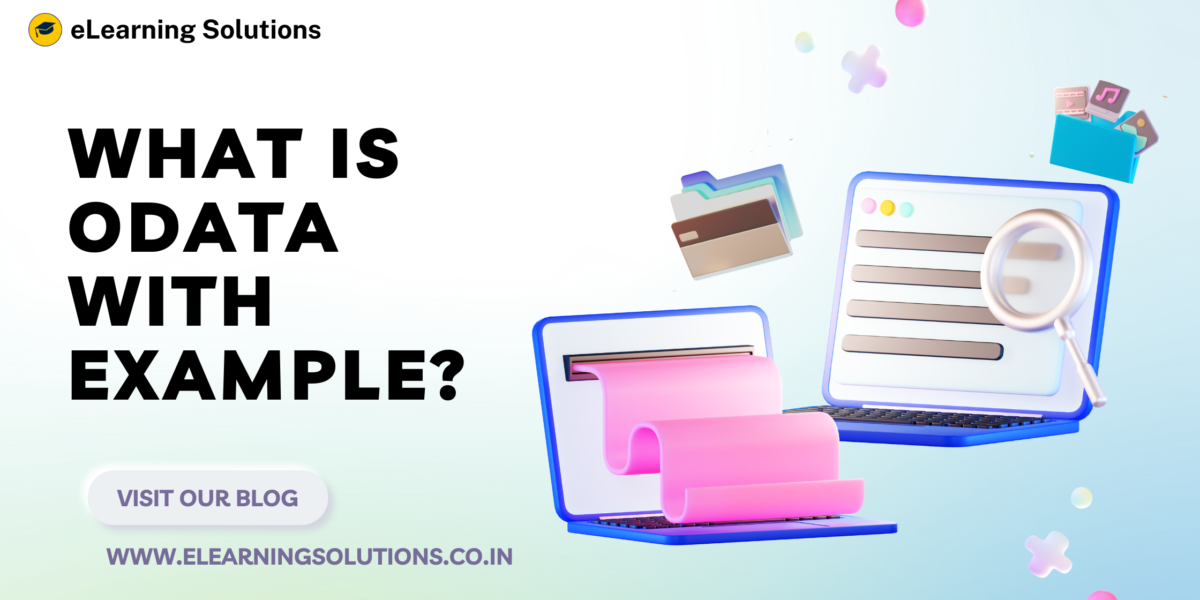Introduction to OData
OData, which stands for Open Data Protocol, is a web protocol for building and consuming RESTful APIs (Application Programming Interfaces). It provides a standardized way to expose and consume data over the web, enabling interoperability between different systems and platforms. OData simplifies data integration and promotes a uniform approach to data access.
Understanding the Basics of OData
At its core, OData is based on the principles of Representational State Transfer (REST) and uses the HTTP protocol for communication. It allows clients to perform CRUD (Create, Read, Update, Delete) operations on resources exposed by OData services. OData relies on standard HTTP methods, such as GET, POST, PUT, PATCH, and DELETE, to manipulate and retrieve data.
Open Data Protocol Architecture
The architecture of OData follows a client-server model. It consists of three main components:
- OData Service: The server-side component that exposes data through OData APIs. It defines the data model, handles requests from clients, and provides access to resources.
- OData Client: The client-side component that consumes data from Open Data Protocol services. It interacts with the OData service to send requests, retrieve data, and perform operations on the resources.
- Open Data Protocoll: The set of rules and guidelines that govern the communication between the client and server. It defines the URI conventions, query options, and payload formats used in OData requests and responses.
OData Operations and Query Options
It supports various operations and query options to manipulate and retrieve data. Some common operations include:
- GET: Retrieves data from the server.
- POST: Creates new resources on the server.
- PUT/PATCH: Updates existing resources on the server.
- DELETE: Deletes resources from the server.
Open Data Protocol also provides query options to filter, sort, and paginate data. These options include $filter, $orderby, $top, $skip, and more, allowing clients to tailor their data requests and retrieve specific subsets of data.
OData Example: Retrieving Data
Let’s consider an example where we have an Open Data Protocol service exposing a collection of books. To retrieve all the books using OData, we can send an HTTP GET request to the corresponding endpoint, such as /Books. The response will contain a JSON payload with the book data, including properties like title, author, and publication date.
OData Example: Modifying Data
To modify data using Open Data Protocol, we can use HTTP methods like POST, PUT, or PATCH. For example, to create a new book, we can send an HTTP POST request to the /Books endpoint with the book details in the request payload. Similarly, to update an existing book, we can use HTTP PUT or PATCH requests with the updated data.
Benefits
OData offers several benefits for building and consuming APIs:
- Simplicity: It simplifies data integration by providing a consistent and uniform way to expose and access data over the web.
- Interoperability: It promotes interoperability between different systems and platforms, enabling seamless integration and data exchange.
- Standardization: It follows industry-standard protocols and conventions, making it easier to build and consume APIs across different technologies.
- Query Capabilities: OData’s query options allow clients to retrieve specific subsets of data, perform filtering, sorting, and pagination efficiently.
- Flexibility: Itsupports a wide range of data formats, including JSON and XML, providing flexibility in data representation.
OData and RESTful Web Services
It is often associated with RESTful web services due to its adherence to REST principles. While Open Data Protocoluses REST as its underlying architecture, it adds additional conventions and query capabilities to provide a more structured and powerful approach to data access.
OData and SAP Integration
SAP, a leading provider of enterprise software solutions, has embraced OData as a standard protocol for data access in its systems. SAP systems expose Open Data Protocol services that allow clients to interact with SAP data, enabling integration with external applications and platforms. OData simplifies SAP integration, making it easier to retrieve and manipulate data from SAP systems.
Security Considerations
When using Open Data Protocol, it is crucial to consider security aspects. Open Data Protocol supports standard HTTP security mechanisms, such as HTTPS for secure communication, authentication, and authorization. Implementing secure authentication and role-based access control ensures that only authorized users can access and modify data through Open Data Protocol services.
Conclusion
It provides a standardized and efficient way to expose and consume data over the web. It simplifies data integration, promotes interoperability, and enhances the flexibility and usability of RESTful APIs. With its query options and support for various data formats, Open Data Protocol empowers organizations to build robust and scalable applications that can seamlessly access and manipulate data.
FAQs
1. Is OData limited to specific programming languages or platforms?
No, It is not limited to specific programming languages or platforms. It is a protocol that can be implemented in various technologies, enabling interoperability across different systems.
2. Can OData be used to access data from databases other than SAP?
Yes, It can be used to access data from various databases and systems. It is a flexible protocol that can be implemented in different environments, allowing integration with diverse data sources.
3. What are some popular OData client libraries or frameworks?
There are several popular Open Data Protocol client libraries or frameworks available, such as Olingo, JayData, and Data.js. These libraries provide convenient ways to consume Open Data Protocol services in different programming languages.
4. Does OData support batch operations?
Yes, It supports batch operations where multiple requests can be combined into a single HTTP request, reducing round-trips to the server and improving efficiency.
5. Can OData be used for real-time data streaming?
Open Data Protocol is primarily designed for request-response interactions and may not be the ideal choice for real-time data streaming scenarios. For real-time streaming, other protocols like WebSocket or MQTT are more suitable.


